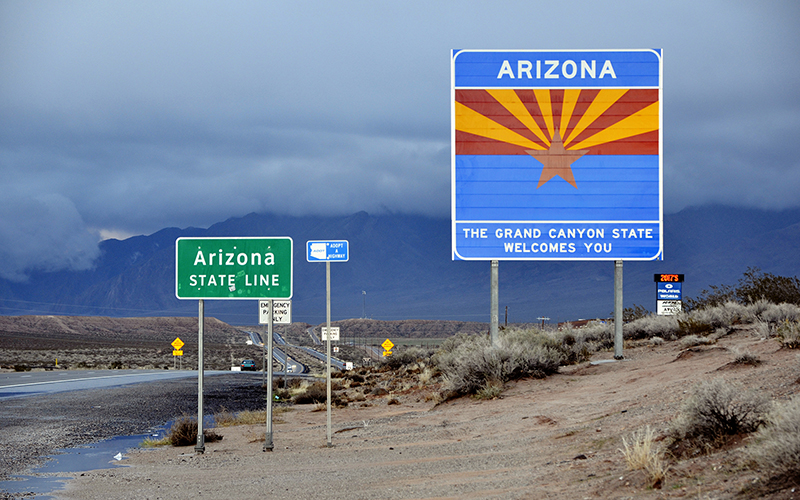
Arizona welcomed 107,628 new residents in 2017, according to new Census Bureau estimates, as the state continued its steady population growth. Most of new growth was in Maricopa County, which again saw the biggest increases of any county in the nation. (Photo by jpellgen/Creative Commons)
WASHINGTON – Maricopa County once again saw the largest population gains among the nation’s nearly 3,200 counties, according to 2017 population estimates released Thursday by the Census Bureau.
The county added an estimated 73,650 new residents between 2016 and 2017, well ahead of Clark County, Nevada, the second-biggest gainer with 47,355 new residents last year.
Maricopa remained the fourth most-populous county in the nation last year, when the population topped 4.3 million for the first time, the Census data show.
Despite the huge numbers, though, Maricopa’s growth rate of 1.73 percent last year did not even crack the top 300 in the nation – nor was it the fastest growth in the state, an honor that went to Pinal County and its robust 3.64 percent growth to an estimated 430,237 residents.
Elliott Pollack, head of an economic and real estate consulting firm in Scottsdale, said the rapid growth of residents in Maricopa and Pinal counties can be attributed to “promising job availability and a strong recovery in the housing market.”
“Both Maricopa County and Pinal County are doing exceptionally well in growth because they are the economic bases for the state,” Pollack said. “Employment growth generally runs population growth, and the rapid amount of job openings in Phoenix and across the Valley has been incredibly attractive for people willing to move.”
The state as a whole continued its steady population growth, adding 107,628 last year, a 1.56 percent increase from 2016. The state population now tops 7 million after adding 264,253 since the last official census in 2010, a growth rate of 9.77 percent over the seven-year period.
While most of the state’s 15 counties saw their populations grow in the past year, Greenlee, Graham and Cochise all saw decreases – which Pollack attributes to less affordable real estate and less job opportunity.
“Counties like Greenlee and Graham do not have the same capacity to attract newcomers who see more job potential in bigger areas like Phoenix, and it’s tough for smaller populations to see massive changes in growth in only a year,” Pollack said.
Graham County Manager Terry Cooper said he was “not terribly surprised” at the county’s 0.8 percent drop in population in the past year, saying the county’s population numbers typically waver due to inmate transfers from one of the three prisons located in the county.
“The primary reason you’d see a drop in population for our county is that we have two state prisons and one federal prison, and in past year we had a large number of federal inmates transfer out, making for less people,” Cooper said Wednesday.
But Cooper said he is “extremely optimistic” that the county will attract more residents in the upcoming year because of the Lone Star Project, which is expected to break ground this year and would extend current Safford mining operations. That will mean more job and more residents for the county, he said.
Census data released Thursday also showed that the Phoenix-Mesa-Scottsdale saw the fourth-biggest increase in population among metropolitan areas last year, adding 88,772 residents to boost its population above 4.7 million.
That made the Phoenix metro area the 11th-largest in the nation, about 10,000 residents behind greater Boston, the data show.
David Plane, a regional science and population professor at the University of Arizona, said the increase is only expected to grow in the upcoming years.
“Historically speaking, we have always seen people gravitate towards large metropolitan areas, and Maricopa County is no exception,” Plane said. “Once a place begins to grow, it’s going to continue to take off and expand.”